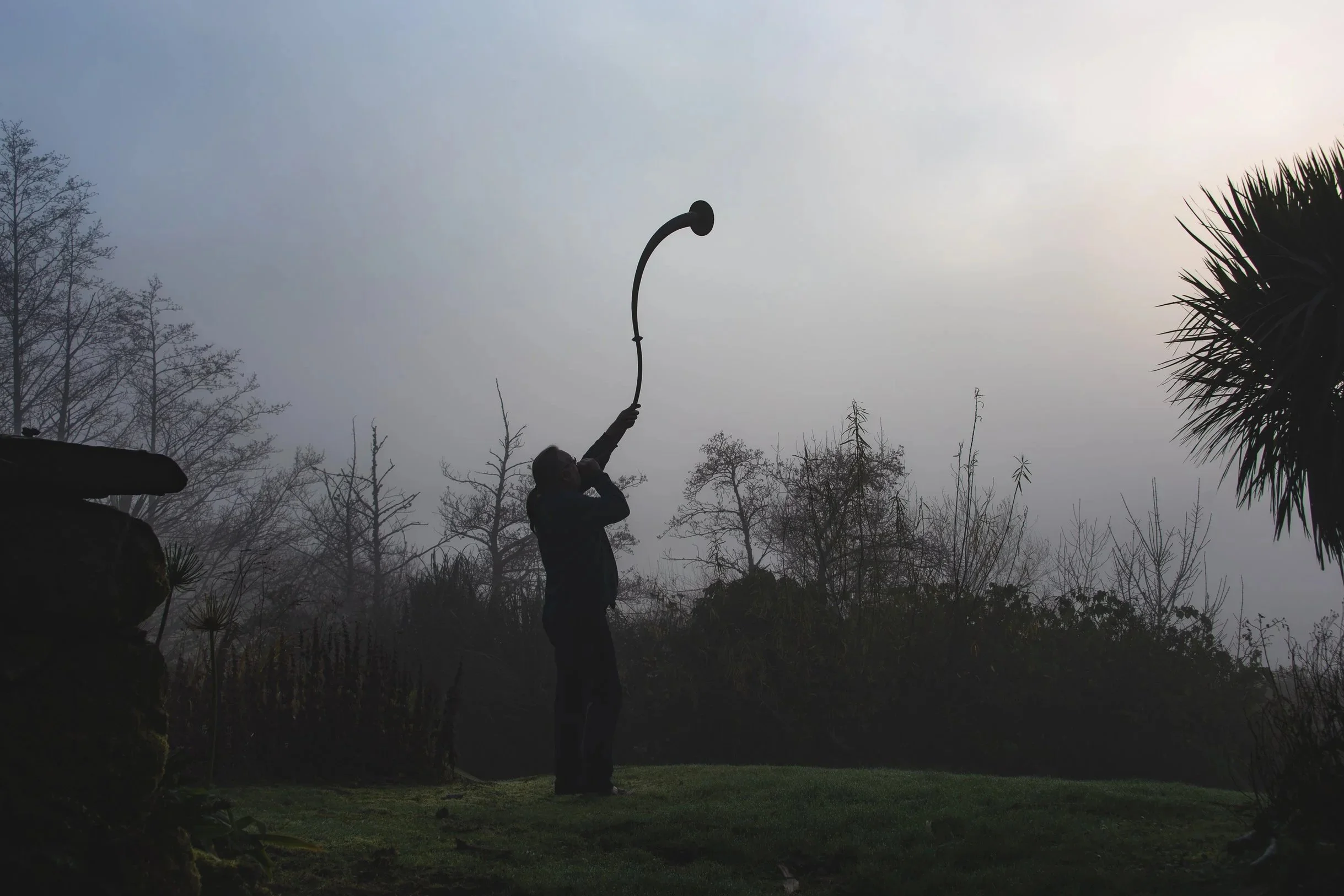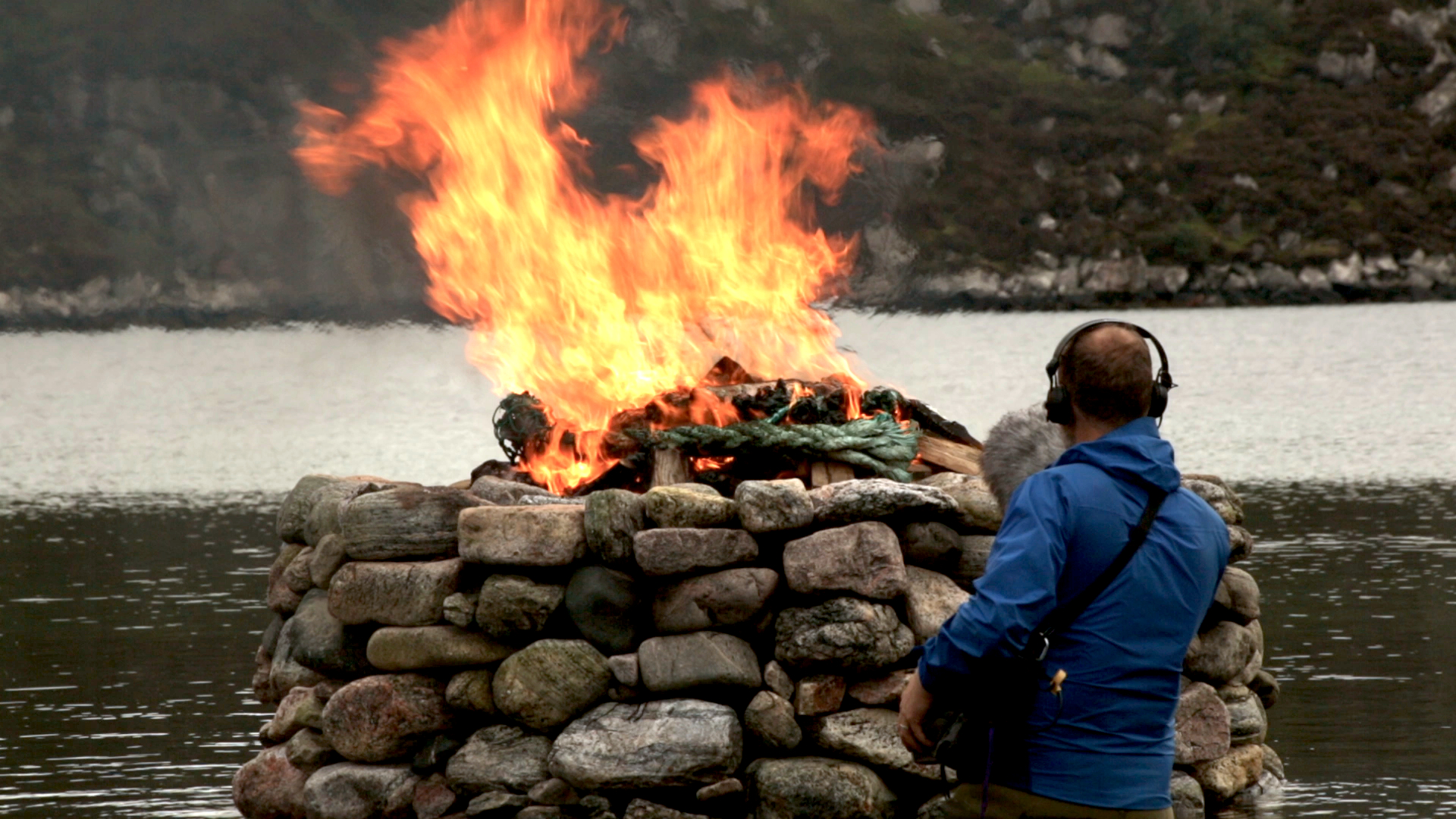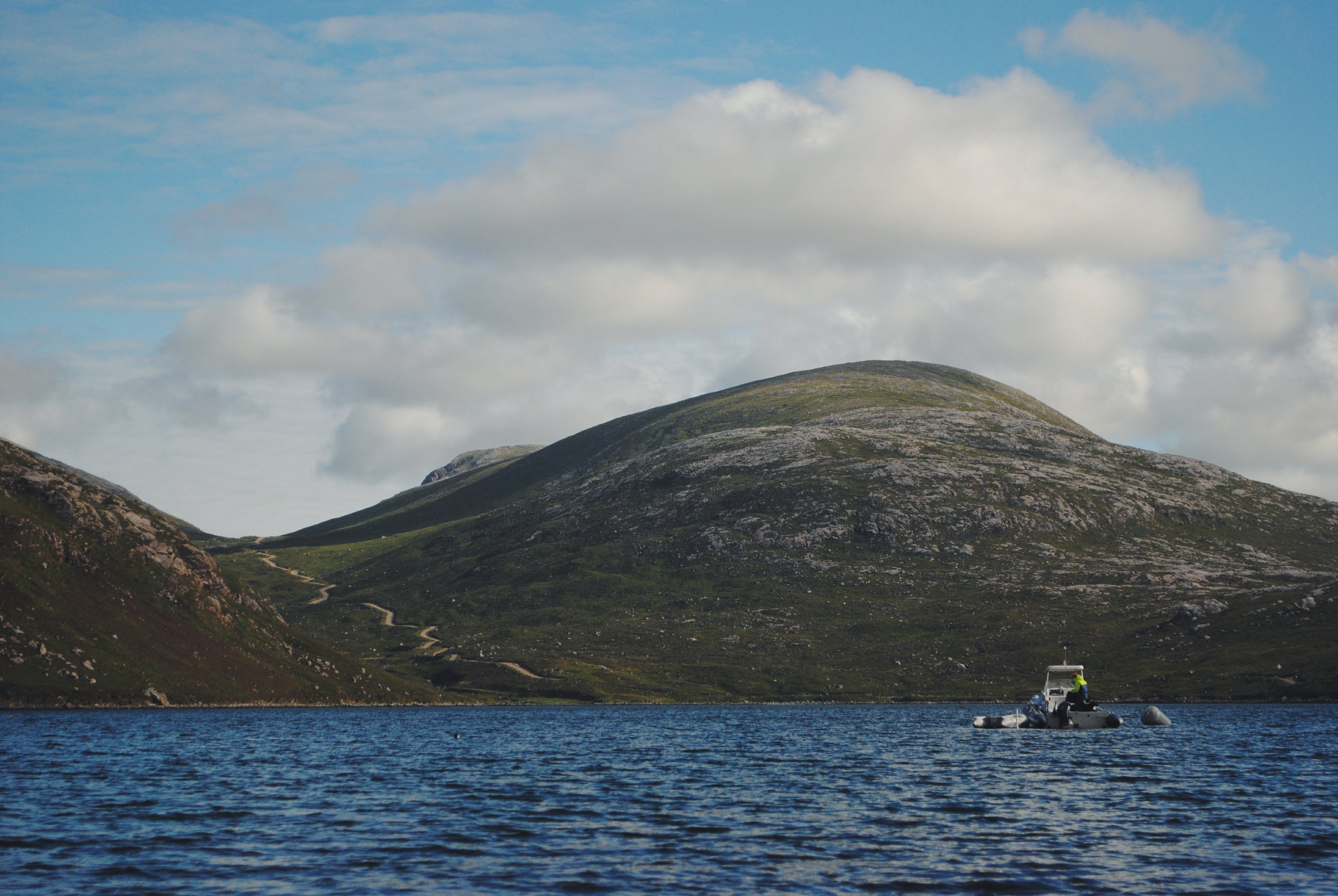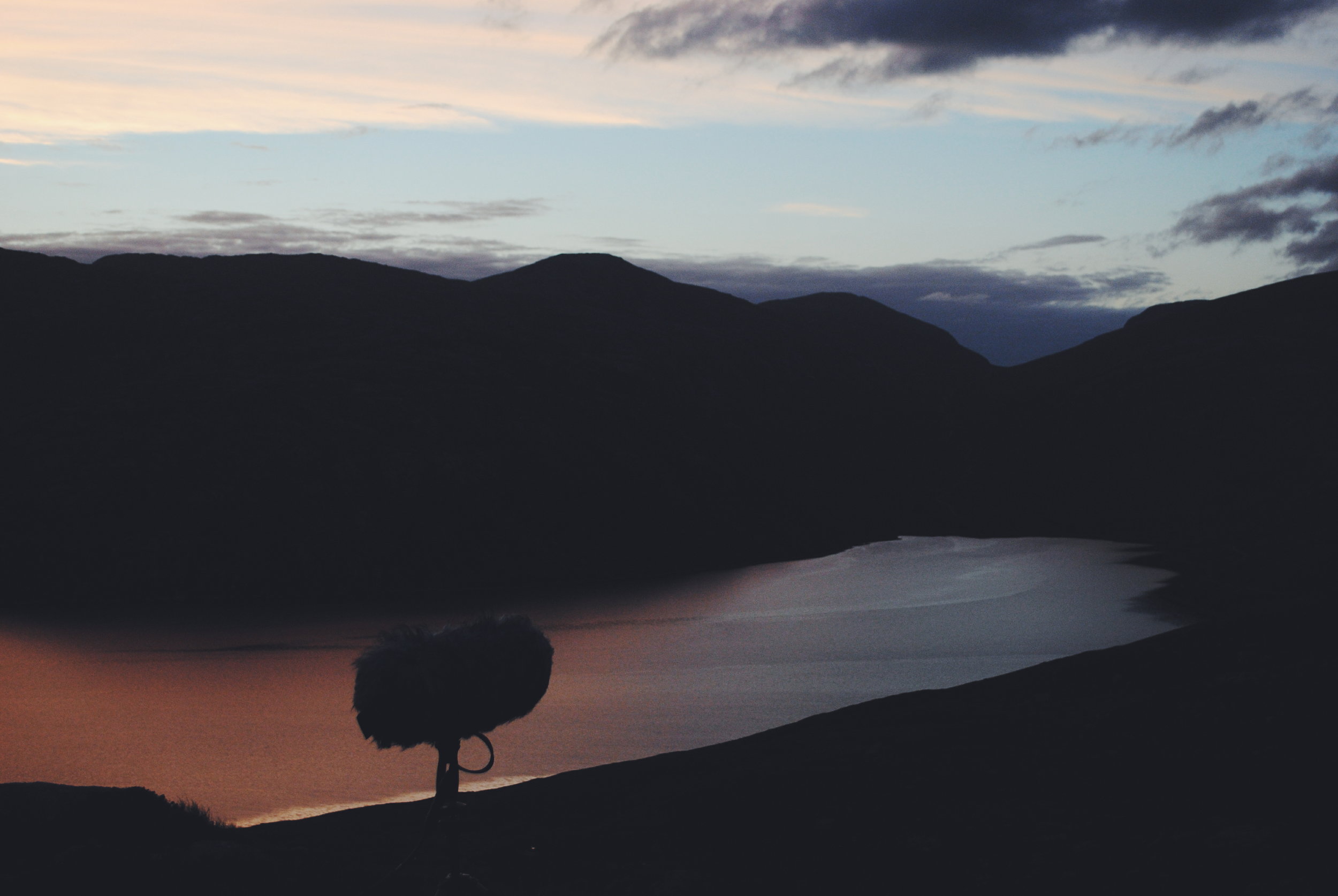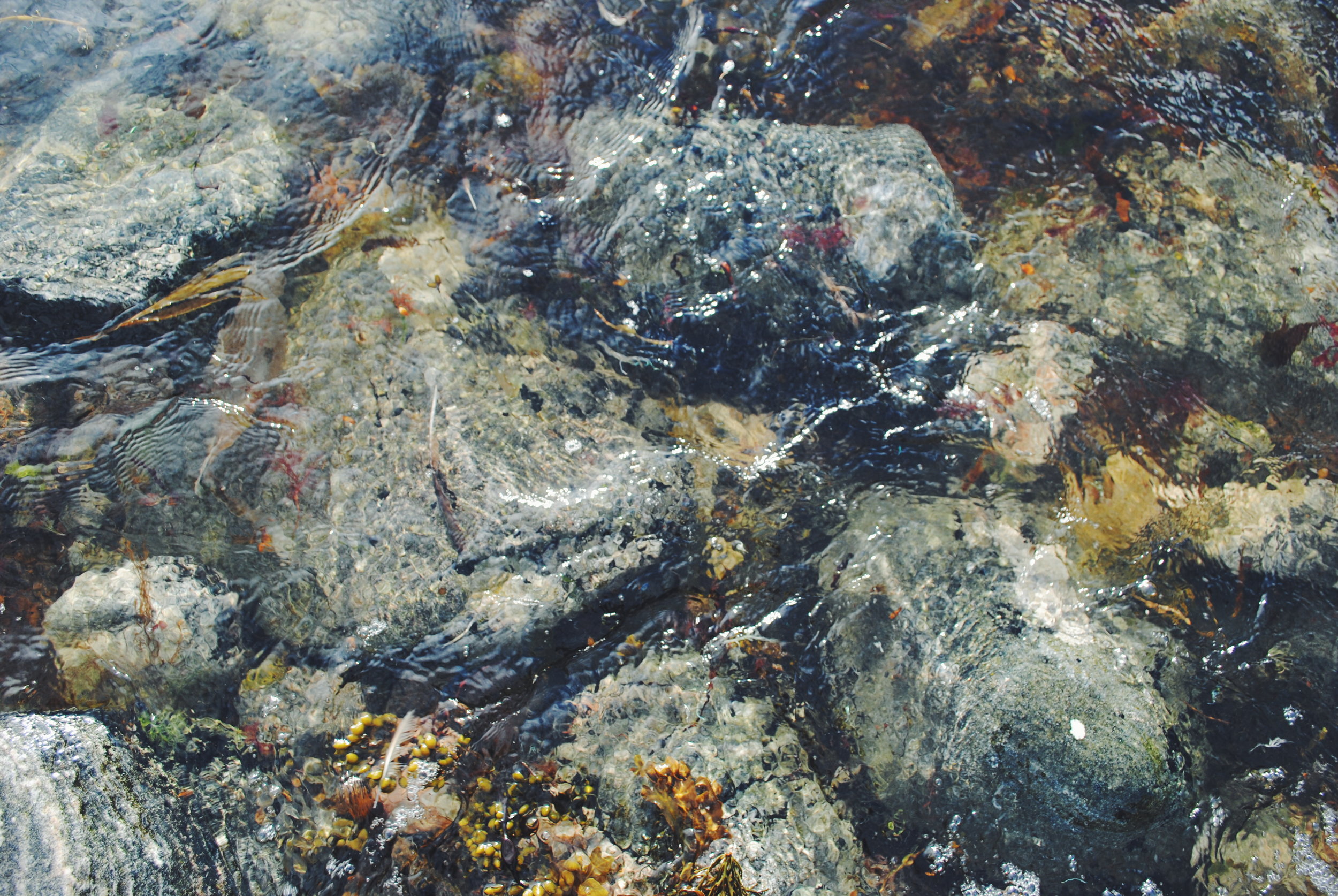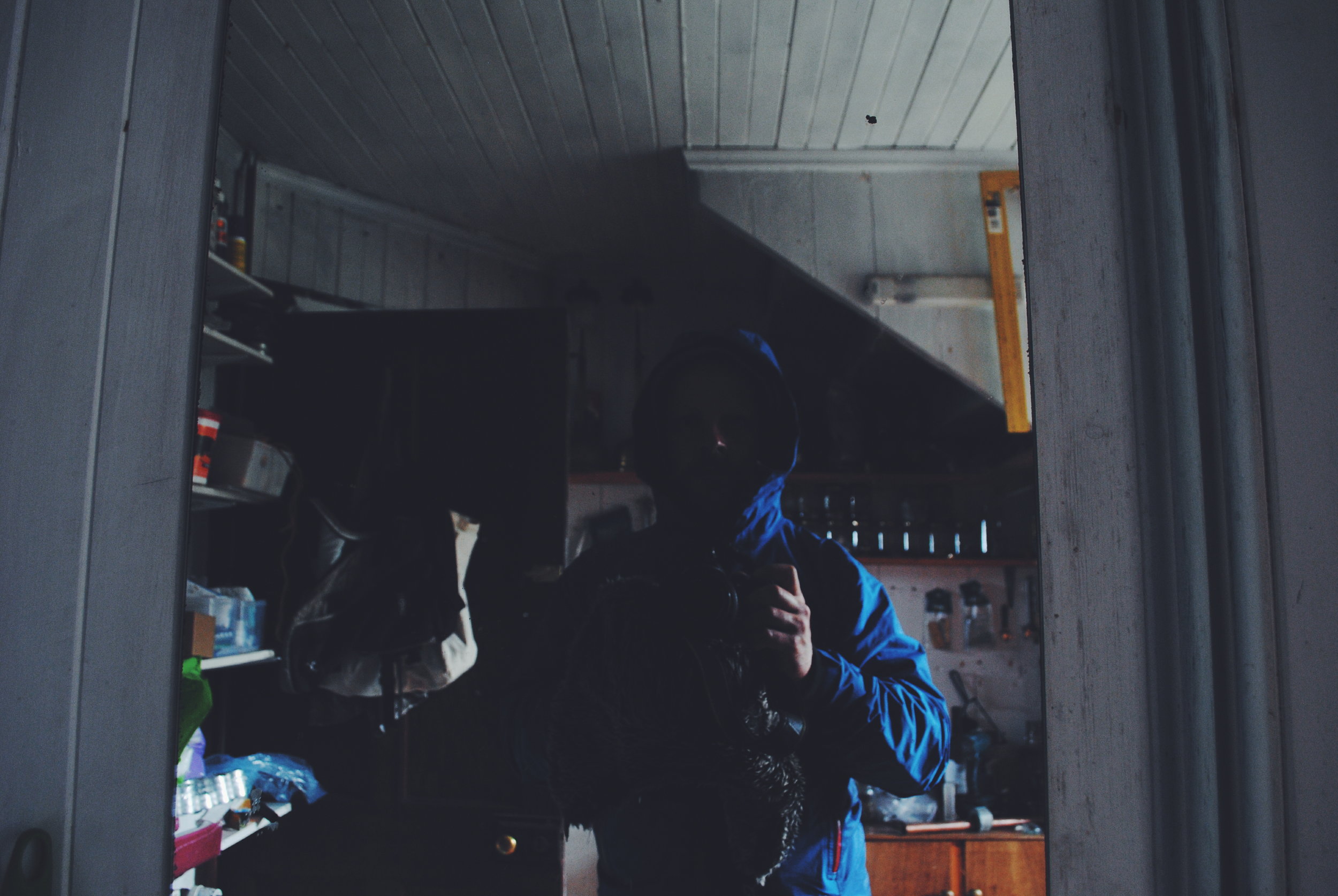Quite possibly our all-time favourite, and one that has virtually no dialogue. The Triplettes of Belleville (as it is known in English) tells the story of Madame Souza and her dog Bruno, as they team up with the Belleville Sisters trio to rescue her grandson Champion, who has been kidnapped by a criminal gang during a mountain stage of the Tour de France.
In The Triplettes all is communicated through sound. Every squeak, creak, grunt, bark and wonky mechanism has been carefully selected and musically arranged in the audio visual canvas by director Sylvain Chomet and his sound team. So much that one of the best musical moments is in fact a piece entirely made from sounds; when Mme Souza and the Triplettes play at a club in New York using a newspaper, a fridge, a hoover and the spokes of a wheel to create a really funky tune. It is precisely the lack of dialogues that makes this film so enjoyable and immersive.

